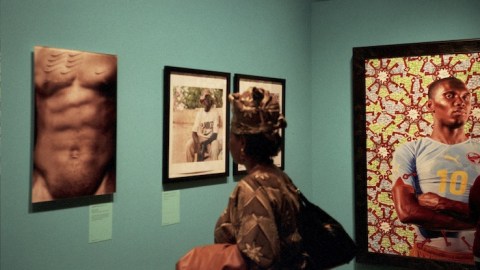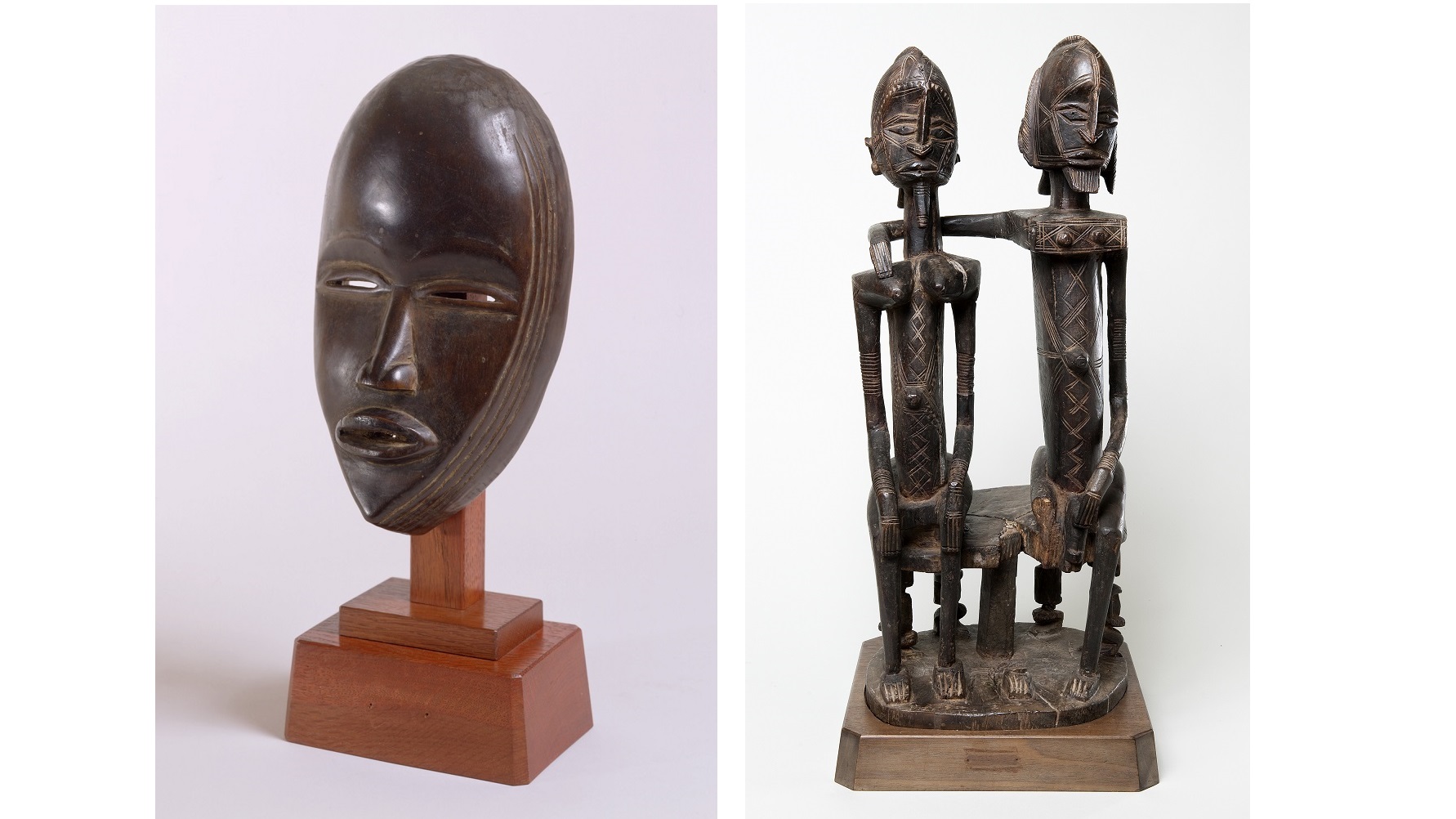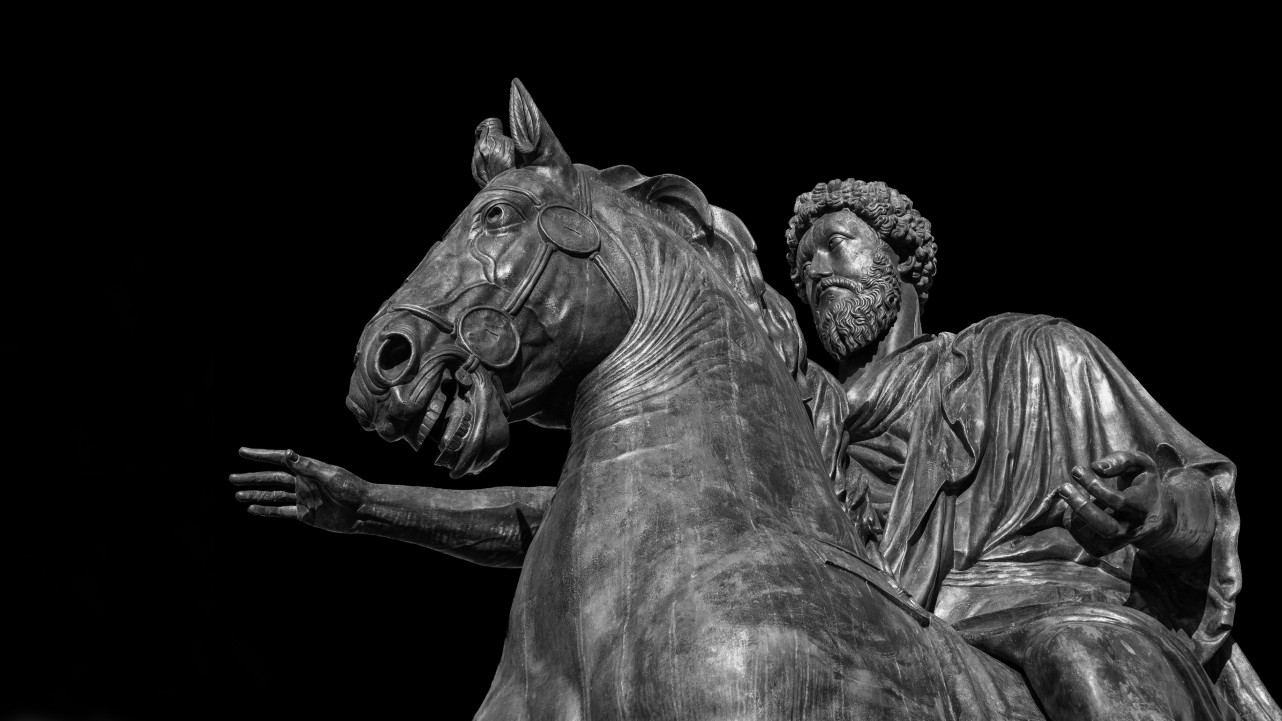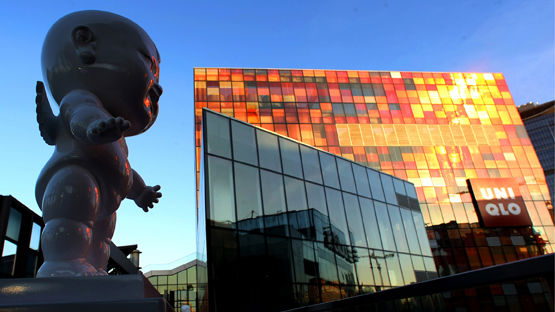Global African Design Thinking: Reflections on Black History Month

When people think of Black History Month in America, they tend to think of famous African-Americans who managed to make a mark for themselves in American society despite conditions of severe inequality and nearly unsurmountable obtacles. As we head into the second decade of the 21st century, I would argue that some of the African-Americans we’ll be celebrating during Black History Month in coming years will be the artists and designers who are exporting their uniquely African design aesthetic to the “developed” world.
When people think of Design Thinking, probably the last place they turn to for examples is Sub-Saharan Africa — which is why The Global Africa Project at the Museum of Arts and Design in New York City is so important and timely. This curated museum exhibit provides a comprehensive survey of the significant impact of African craftsmen, artists and designers on world culture — while also raising questions about how and why these contributions of Africans and African-Americans are now being integrated (co-opted?) into the marketing of “Western” consumer goods and the “Western” way-of-life.
The exhibit includes some of the usual suspects — like celebrated designer Stephen Burks — who first burst into the mainstream with his vases for Missoni and has been featured in places like the Cooper-Hewitt National Design Museum. Likewise, there are contributions from the quilters of Gee’s Bend (already featured at The Whitney) and Kehinde Wiley, perhaps best known for his Afro-centric Puma prints created for the 2010 South African World Cup.
The Global Africa Project also turns a spotlight on the likes of Goncalo Mabunde, creator of the symbolically-rich Hope Throne, who is challenging the way we think about how war-torn cultures recycle weapons and military hardware into items of beauty and elegance. It’s the whole Swords Into Plowshares theme, with continent-wide implications.
With an eye toward technology and design, the exhibit also profiles Emeka Okafor and his brilliant Maker Faire Africa, which celebrates the ingenuity and innovation of Africans. Unlike their Western counterparts, African tech innovators in places like Kenya and Ghana start with a fundamental axiom: the scarcity of resources can be a source of liberation and freedom. Just think of William Kamkwamba (“The Boy Who Harnessed the Wind”), who’s also featured in The Global Africa Project.
Finally, there are artists like Cuban-born Alexandre Arrechea, who is challenging our notions of urbanism and the path to sustainable development. His artistic work Elastic Metropolitan is, in itself, a wonderful example of how the shiny accomplishments that we associate with “development” (i.e. skyscrapers) are, in fact, also ways of limiting human expression.
That being said, The Global Africa Project exhibit at the Museum of Arts and Design in New York City is a must-see for anyone looking for new insights into how the developmental trajectory of the African continent will impact Europe, the U.S. and the rest of the “developed” world.
[image: Global Africa Project exhibit via Pop Africana]



